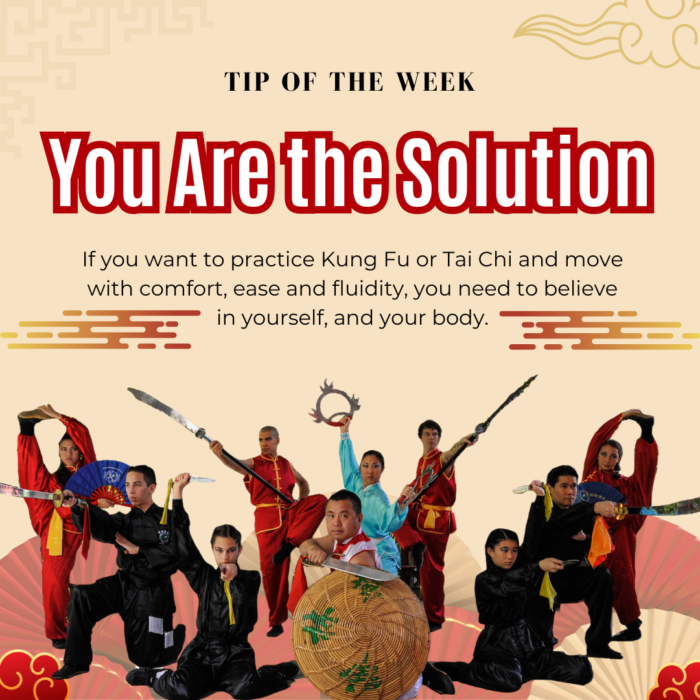Your Path to Progress: Small Steps, Big Impact
If you’re not progressing as quickly as you’d like, here’s some food for thought. (And yes, I’m talking to myself too!)
Remember:
You Are What You Do.
Consistency in small actions builds greatness. For example, if you train at the Temple an average of twice per week, try spending 5-10 minutes practicing the basics on the other five days. The compound effect will accelerate your improvement.
Your Beliefs Shape Your Results.
Expect challenges, and they’ll show up. You might face injuries, illness, or even moments of discouragement. Preparing a list of things you can do – rather than focusing on what you can’t – can help you stay on track during difficult times.
Knowledge Isn’t Power Without Action.
You have the tools, now it’s about using them. After reading this, ask yourself: What are you going to do? Read another email, scroll social media, or research secret kung fu training tips? How about spending five minutes on your Kung Fu or Tai Chi basics?
Success is in Your Daily Choices.
What you choose now shapes what you’ll achieve later. The kind of martial artist you become depends on the actions you take today.
Take Control of Your Progress!
Sifu Oscar
P.S. Whenever you’re ready, here are ways we can help you get started.
1. Schedule a time to observe a class.
Interested in Kung Fu or Tai Chi? First step is to watch a class and see if we would be a good fit! Email: kungfu@wahlum.com for an appointment.
2. Become part of my exclusive Coaching Group with CYH Remote Coaching. Get personalized coaching delivered right to your phone and catered to your specific goals. Email: kungfu@wahlum.com for info.









